Samuel L. Jackson walked into a minimalist living room, plunked down on a tufted leather chair and looked straight at me. He said he wanted to teach me all about what he does, and why he does it. Framed in soft light, the iconic actor spent the next few hours sharing tips on subjects like creating memorable characters, collaborating with co-stars and nailing an audition. At one point, he even summoned a pair of actors and coached them on their technique.
All of this took place on my laptop — I was watching “Samuel L. Jackson Teaches Acting,” part of MasterClass’ growing catalogue of streamable video courses. Each is taught by a different world-class professional or celebrity. Currently, there are more than 80 classes — all with straightforward titles like “Penn & Teller Teach the Art of Magic,” “Serena Williams Teaches Tennis,” “Reba McEntire Teaches Country Music” — that can be accessed through MasterClass’ yearly subscription.
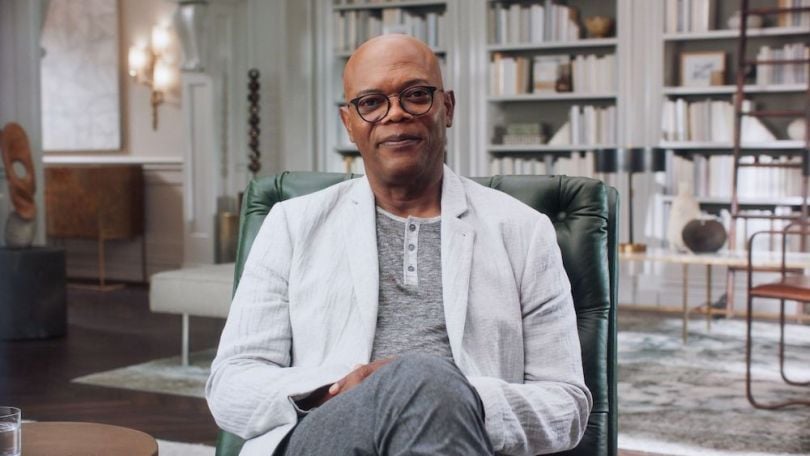
MasterClass defies tidy categorization. It’s often associated with MOOCs (massive open online courses) like Udemy, Udacity and Coursera, but MasterClass lessons are more reflective and intimate than those, and its instruction format feels closer to a TED Talk than a training program. MasterClass’ celebrity-driven, subscription-video-on-demand model evokes Netflix; but that doesn’t sound quite right either — Neil deGrasse Tyson teaching scientific thinking doesn’t exactly lend itself to mindless binge watching.
Whatever MasterClass is, it seems to be working. This past May, the company raised $100 million (bringing its fundraising total to $236 million), forging a path toward a potential IPO. MasterClass has left an impression on pop culture too: During the doldrums of self-quarantine, its paid social media presence felt ubiquitous enough to make it the subject of a Saturday Night Live sketch.
Behind MasterClass’ slick, public-facing product is a vertically integrated company that owns every step of the process — from pre-production to the streaming experience. A lot goes into getting the sausage made.
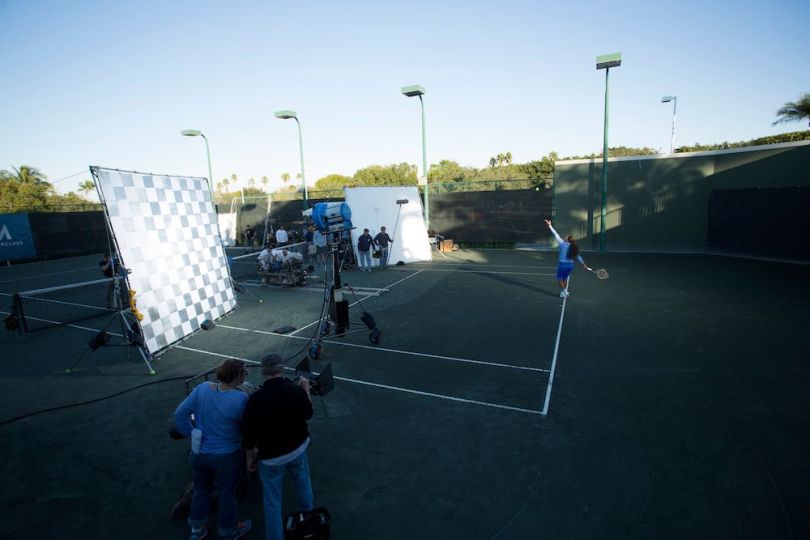
Lesson Planning
By the time you watch a new course on the MasterClass platform, the company has invested months, if not years, into preparation and pre-production. And it begins with recruiting world-class instructors.
In the early days — MasterClass launched in 2015 — it was tough for the company to convince its first celebrity instructor to join; there was no audience yet, no real proof of concept. “It probably took us a year” to line up the first instructor, said David Rogier, the company’s chief executive officer, in an interview with TechCrunch. “I mean, we cold-emailed and cold-called everybody who we could.”
Five years later, it’s a lot easier to get people to say yes, Mark Williamson, chief operating officer of MasterClass, told Built In. “Having said that, it is not simple,” he added. “These are people who’ve got incredibly busy lives, who are constantly evaluating where they should put their time and energy.”
“These are people who’ve got incredibly busy lives, who are constantly evaluating where they should put their time and energy.”
MasterClass’ talent team seeks out and builds relationships with potential instructors, discussing what a course taught by them might look like, and how passing down their lifelong learnings could be worth their while.
Some celebrities are initially hesitant to join MasterClass, in many cases because they’re unsure how they’ll measure up as teachers. “It’s incredible to see people who are clearly the best in the world at what they do are still sometimes having some level of insecurity,” Williamson said. MasterClass’ talent team works closely with potential instructors, talking through the production and quality assurance process up front. (MasterClass instructors are also compensated with an up-front fee and a share in the revenue their classes generate.)
Now that MasterClass’ alumni list is nearing triple digits, positive word of mouth helps grease the wheels too. Lots of famous people know each other, or at least know of each other, and on more than one occasion, an instructor has been asked by a celebrity peer about their MasterClass experience. This informal referral process has helped the company net some of its high-profile instructors.
Once an instructor signs on, MasterClass surrounds them with a team of producers who own that class from beginning to end. Together, they collaborate on constructing a curriculum. Rogier, the chief executive, told The Startup that the lessons are typically a blend of what the instructor wants to teach and what MasterClass says its students want to learn. “We try to merge the two and land on a curriculum, but it’s the instructor’s decision,” he said.
The average timeframe in developing a class is around four to six months, while shooting takes just a few days, Rogier said.
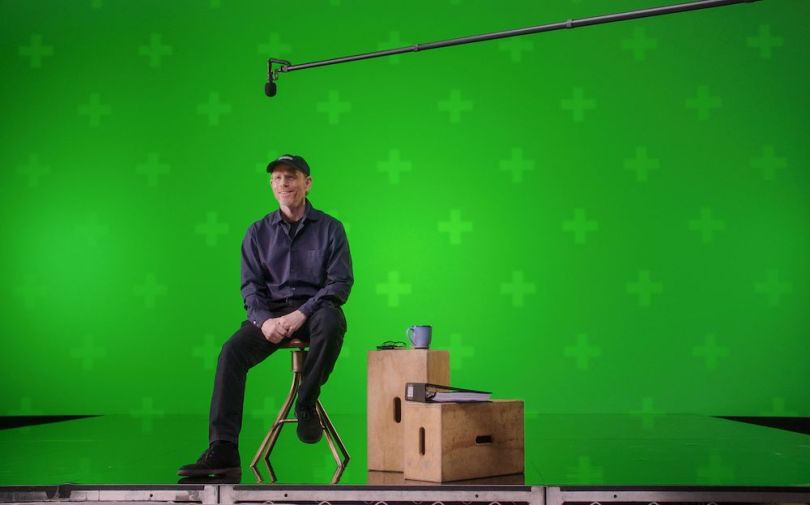
Lights, Camera, Action
The crew consists of an in-house production team, which works for MasterClass full time, plus a few extra local crew members who sign on for shoots depending on the filming location. MasterClass leverages an international network of contacts for when it needs to beef up its crew once on location.
MasterClass, which is based in San Francisco, doesn’t own a single studio set where it brings instructors in for filming, though it does sometimes use sets in Los Angeles, where it has additional offices. Everything else is shot on location.
“There is no kind of cookie cutter approach to the location,” Williamson said. MasterClass strategically tries to select the right location for each class. For example, Steph Curry’s basketball class was filmed in a gym, Gordon Ramsay’s cooking class is set in his home kitchen and James Suckling’s wine appreciation class was shot on a vineyard in Italy.
“There is no kind of cookie cutter approach to the location.”
The authenticity of the sets helps foster the sense of intimacy that MasterClass is selling. It really does feel like I’ve been invited into Samuel L. Jackson’s personal study — like I could peek over his shoulder and catch a glimpse of what books are on his shelf. That environment feels warmer than if the set were a stock, crew-assembled classroom.
“The impression that we’re trying to create is that you’re sitting on a couch with that person and they’re going to share everything they know,” said CEO Rogier in an interview with Vox.
By the time the instructor steps onto set and the cameras start rolling, MasterClass’ production is something the content team has “operationally [down] to almost a science,” Williamson said. After shooting dozens of classes, they’ve built a “pretty good playbook on how we wanted to execute our productions.”
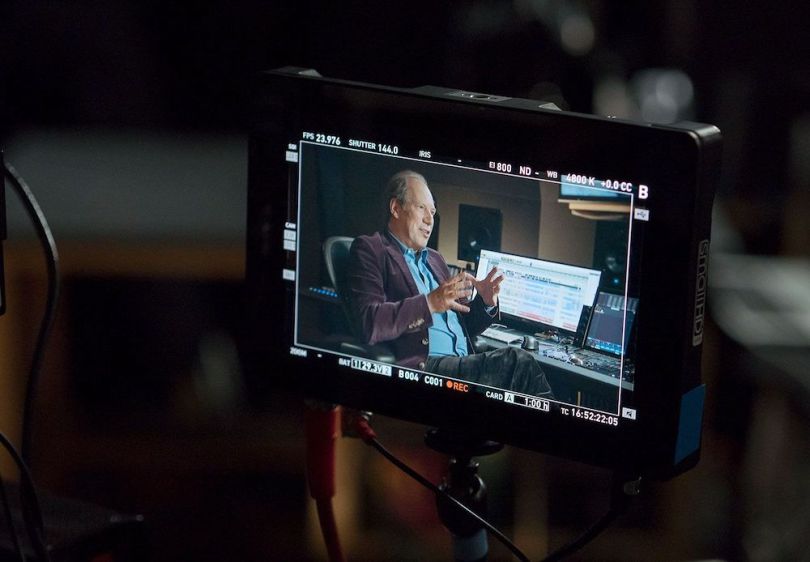
Pivoting During the Pandemic
MasterClass, like the rest of Hollywood, halted production in March, due to the safety protocols implemented to help curb the spread of the coronavirus.
When your business is tied up with creating and distributing content, the inability to produce it can cause obvious headaches and bottlenecks, which MasterClass had to think fast to address.
“The last couple of months has been a lot of scenario planning,” Williamson said. “Things are changing really fast, and you have to be having internal conversations about both plans that you hope to execute, and the plans you never hope to execute.”
“The last couple of months has been a lot of scenario planning.”
According to Williamson, internal discussions about what to do during the pandemic always start from the premise of safety. The company’s leaders know how important production is to its business, but even so, Williamson said, they wouldn’t want to proceed with business as usual until the various crew guilds and health officials gave the green light for productions to resume.
Within those strictures, MasterClass has evaluated all possibilities. Countries like Iceland and New Zealand, for example, have recently allowed production to resume. It’s feasible that MasterClass could go abroad to shoot content — it’s done so before — in the event that California decides to delay productions into the fall.
There’s also the route that a lot of late-night talk shows have taken — filming episodes with a lo-fi aesthetic from the comfort of the entertainer’s home. Williamson said MasterClass has also considered this possibility.
“I think it’s adorable when Jimmy Fallon’s kids are climbing on top of him and part of the productions,” Williamson said. “But we at MasterClass are also known for kind of a cinematic quality and feel.”
Even a skeleton crew, consisting of just a handful or so producers, is still too many people to safely fit into an instructor’s living room. But that’s what would be needed for MasterClass to achieve the high production value its viewers have come to expect.
“We at MasterClass are also known for kind of a cinematic quality and feel.”
Part of Williamson’s job as chief operating officer is exploring a wide range of possibilities for how to proceed. But this moment is unprecedented, and it’s hard to know what path is best. “I don’t think we’ve quite figured out exactly what’s right yet,” he said. For now, he and the rest of MasterClass just have to wait and see when industry-wide timelines for resumption are announced.
In the meantime, the company rolled out a new product, called MasterClass Live. Free for anybody to watch, even without a MasterClass subscription, these sessions are weekly, live and unedited hour-long lessons and Q&As with celebrity instructors, many of whom are streaming from their homes.
MasterClass Live was already on the company’s product roadmap, even before COVID-19 hit, Williamson said. But the pandemic caused the company to greatly accelerate its rollout, so it could have fresh content available during the quarantine period. MasterClass also made the decision to put MasterClass Live in front of a paywall, even though they had initially planned on making it a members-only product.
Challenges of a Vertically Integrated Company
MasterClass is different from many other tech companies — and media businesses — in one important regard: It owns the content pipeline from production to distribution. Meaning MasterClass needs to not only employ camera operators and editors, but also salespeople and marketers, and software engineers and product managers too.
“The breadth of things that you have to be able to work on and operate across is fairly large, and I think broader than most other Silicon Valley tech companies,” Williamson said. “It’s almost like there’s all the challenges of running a tech business, on top of all the challenges of running a content-driven business.”
“There’s all the challenges of running a tech business, on top of all the challenges of running a content-driven business.”
One of the biggest projects MasterClass has faced is the expansion of its platform’s footprint. Initially, it was just a site you opened on your web browser. Then it launched its streaming app on Android, iOS, iPad and Apple TV. Finally, this past April, MasterClass rolled out onto Amazon Fire TV, Android TV and Roku devices.
The challenge, Williamson said, was building a consistent MasterClass look and feel across the variety of devices, while still offering an experience tailored to the context the user would be engaging with the content in. (A student is likely using MasterClass differently on their desktop than when they access it on their phone.) Accommodating those different experiences takes a lot of engineering, design and product management work. Williamson added that, as much as MasterClass has ramped up its production side of the house in recent years, it’s had to scale the engineering side as well.
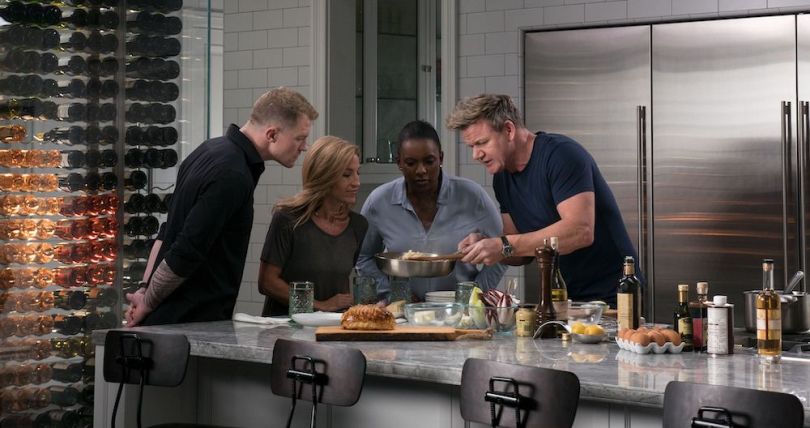
The Future of MasterClass
Today, MasterClass lessons are only available in English. But that may change down the road. The team is discussing what it would look like to make MasterClass a global product, offering lessons to stream in a variety of languages, Williamson said. That’s an ambitious goal for a company that, just five years ago, had to cross its fingers as it made cold calls to prospective instructors.
MasterClass also has its sights set on the near term. With its most recent round of funding, the company is looking to scale its production efforts, as soon as it’s safe and advisable to resume filming.
Last year, MasterClass released more than two dozen new classes. Once production is back on track, Williamson estimates the company will produce roughly twice that amount in the same time frame, putting out a new class on a near-weekly basis.
For now, the company is just glad that curious students are joining the platform.
“We were doing really well in terms of growth pre-COVID,” Williamson said. “And while we certainly wouldn’t wish or want these circumstances at all, we’ve seen one of the things that’s happened is when people are stuck at home, they’re looking for new and interesting ways to learn, and many of them are turning to MasterClass.”




